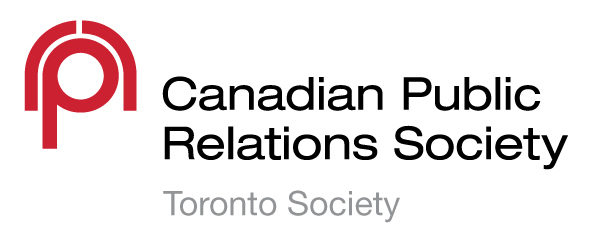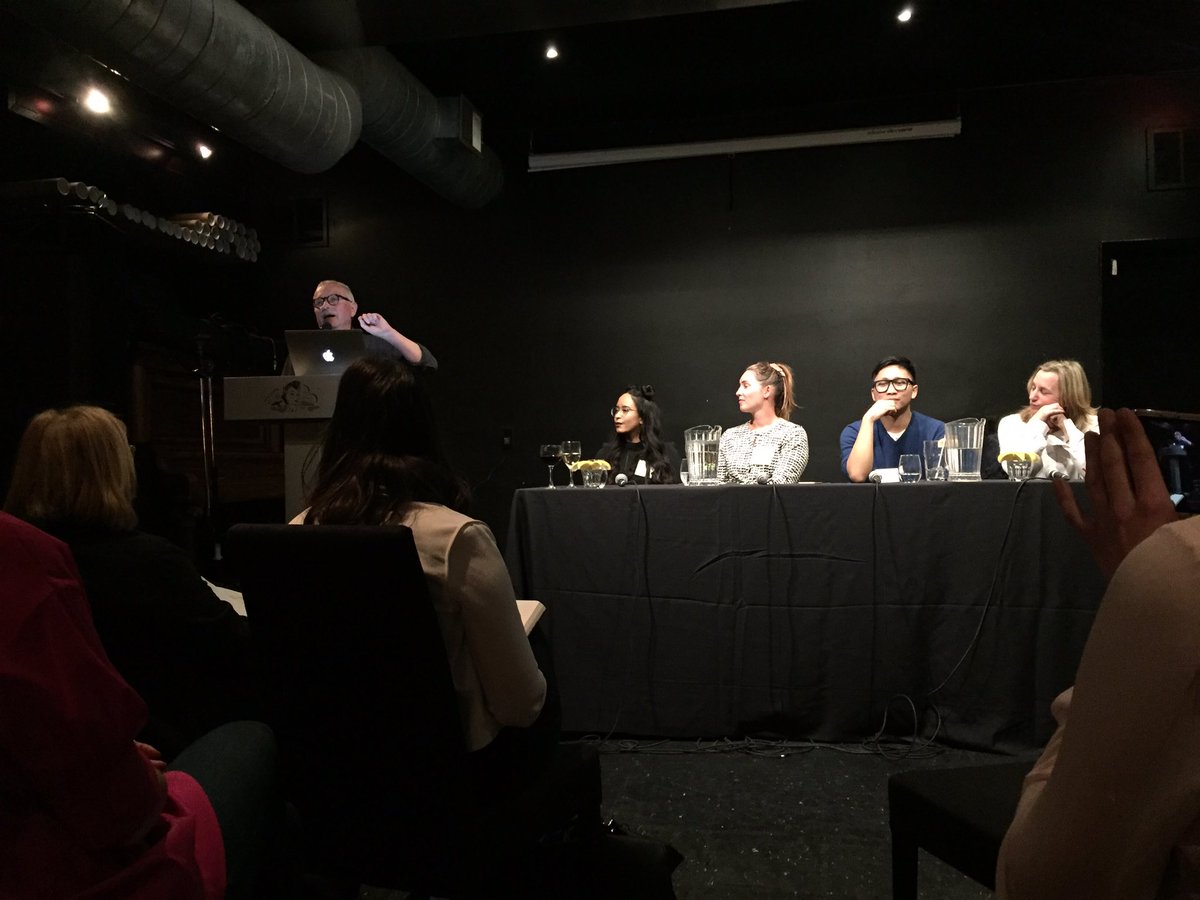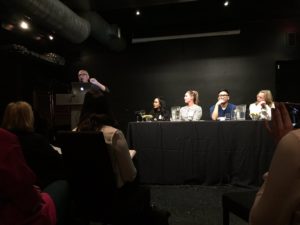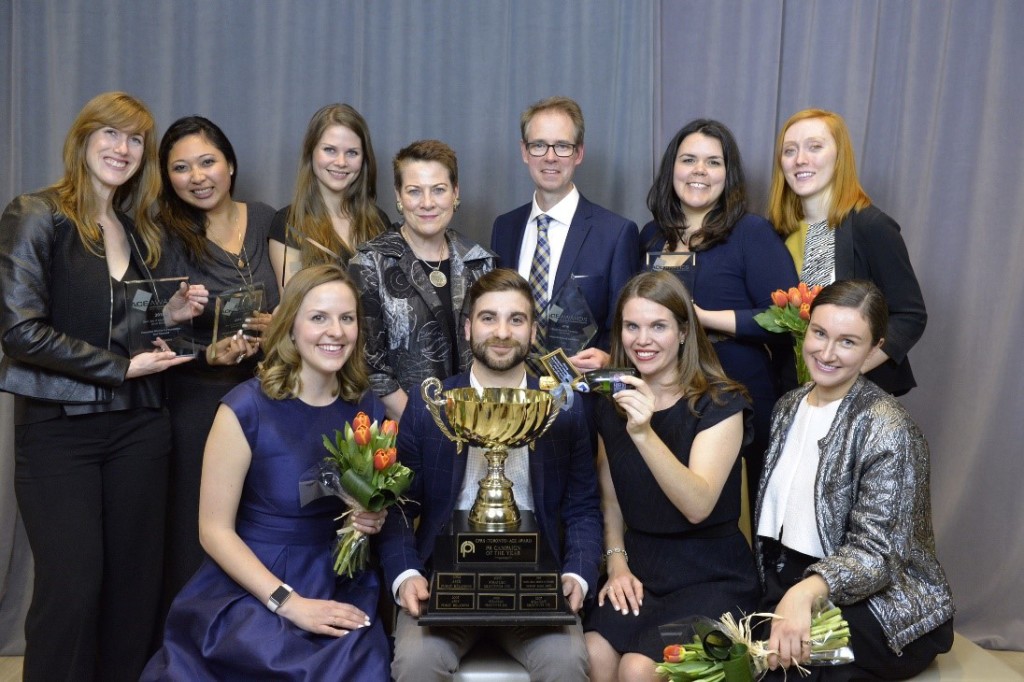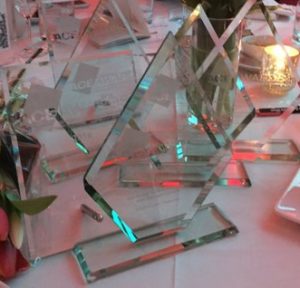On Wednesday, February 22nd on the upper deck of Cumberland Street’s iconic Pilot Tavern, the CPRS Toronto Student Steering Committee hosted one of its annual events, Building Media Relations (BMR).
BMR brings together a panel of local media and PR pros to answer questions on creating and sustaining relationships with the press.
On the PR side of the panel, BMR featured Cole Douglas of APEX Public Relations, Jennifer McCarthy of Cohn & Wolfe, and Stuart Green of the TTC. On the media side were Hilary Hagerman of Yahoo Style, Steven Banks of ET Canada, & Rahul Gupta of Metroland Media, a panel full of character, knowledge, and an exchange of much industry humour.
Laurie Smith, VP Strategic Communications, Media and Audience Relations at CNW moderated the discussion. Although a difficult task keeping communications experts on one topic, Laurie guided the discussion flawlessly and with great wit.
The panel tackled a wide range of topics in the moderated question and answer session including blogger relations, influencer marketing, integrated content and professional communication with press members.
The floor was opened for students in attendance to ask questions, which sparked a great discussion on the changing nature of PR practice, client relationships and the role of press exclusives.
My favourite line of the night: “Know your brand, know who you are and stay true to that” – Steven Banks from ET Canada. Wise words!
The event was well-attended with students across different programs and schools, including Ryerson, Humber, Centennial and Seneca.
After the formal event had wrapped up, there was some time for networking. Students stayed, connecting with each other, as well as the panelists.
The event was a huge success from start to finish. We can’t wait for next year!
For those who attended, what was your favourite moment?
—
Maxim Naylor is a 1st year student in Humber College’s Bachelor of Public Relations program and student representative of the CPRS Toronto Student Steering Committee.
Twitter: @maximnaylor
LinkedIn: www.linkedin.com/in/maximnaylor/
